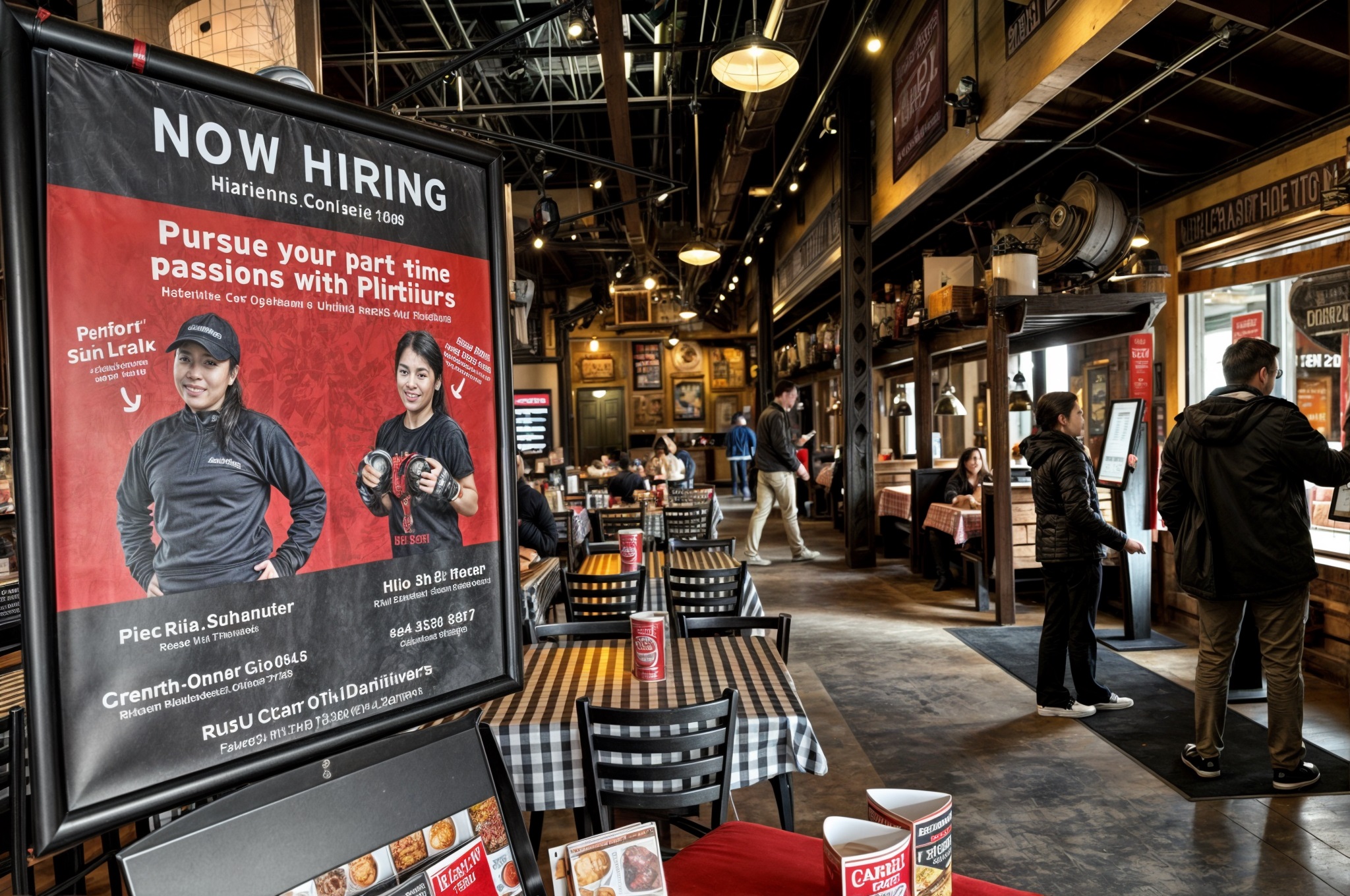The Booming U.S. Job Market: A Blessing for the Economy or a Challenge for Households?

The U.S. labor market grew emphatically last month, adding 256,000 jobs and taking down the unemployment rate to 4.1 percent from the anticipated 4.2 percent. While that would be an enticing picture of an economy in health, it puts a damper on households and businesses who could have hoped for quick interest-rate cuts to lower the cost of borrowing for houses, cars, or even appliances.
According to the Labor Department, the biggest job gains were notched up in healthcare, at 46,000; retail, at 43,000; and government jobs at the federal, state, and local levels, at 33,000. The unexpected surge underlines the resilience of the labor market, even as interest rates sit significantly higher than pre-pandemic levels.
The Federal Reserve: A Change in Plans?
Given such strong job growth, the Federal Reserve now seems even less likely to consider further interest rate cuts anytime soon. The Fed cut rates three times last year amid fears of slowing growth but now appears ready to hold its ground. Possibly officials are thinking, “If the economy can handle this, why make borrowing cheaper?”
But that decision puts a continued crimp in homebuyers’ and businesses’ styles. Mortgage rates have now risen for four consecutive weeks, to stand at their highest level since July. For many, the dream of owning a house or even upgrading one’s kitchen appliances has been on hold.
Wage Growth: Good, but Not Enough
The average hourly earnings increased 0.3% last month and 3.9% from a year earlier. While good news, it was below economists’ expectations, meaning many workers are still waiting for their paychecks to catch up with inflation.
Biden: Building from the Bottom Up
President Joe Biden spoke in response to the report with optimism, noting, “We’ve taken action to lower prescription drug prices, health insurance premiums, utility bills, and gas prices.” He added, “This recovery has been hard-fought, but it shows what can be accomplished when we build from the middle out and bottom up.
But by all accounts, many American households are skeptical about the future after feeling pinched by price hikes for three years.
Employers: Between Optimism and Struggling
Business, too, has mixed waters. Companies like Piada Italian Street Food are raising pay to attract and retain workers. It plans to open new restaurants and hire another 250 people in 2025. Health care, among other industries, is having difficulty finding skilled labor. Jobs requiring certain licensures, such as nurses and physical therapists, have been the most difficult to fill. UCHealth, which runs hospitals and clinics, has given raises and, in some cases, offers tuition reimbursement to employees to advance in the company.
Personal Stories of the Labor Market
The labor market is full of success and angst stories. Mike Pincus was out of work for 20 months before landing a job at a bicycle shop after his company closed. “I didn’t know I’d love it, but I do,” he said, now managing a shop in California.
The Big Picture: Growth Comes at a Cost
The U.S. economy seems to be settling into a period of steady growth, higher interest rates, and moderate inflation. While this stability is welcome, it also brings its challenges, particularly for those reliant on cheap borrowing. Perhaps the best summary of the current situation is: “A thriving job market with costs that keep everyone on their toes.”
Source: Associated Press





